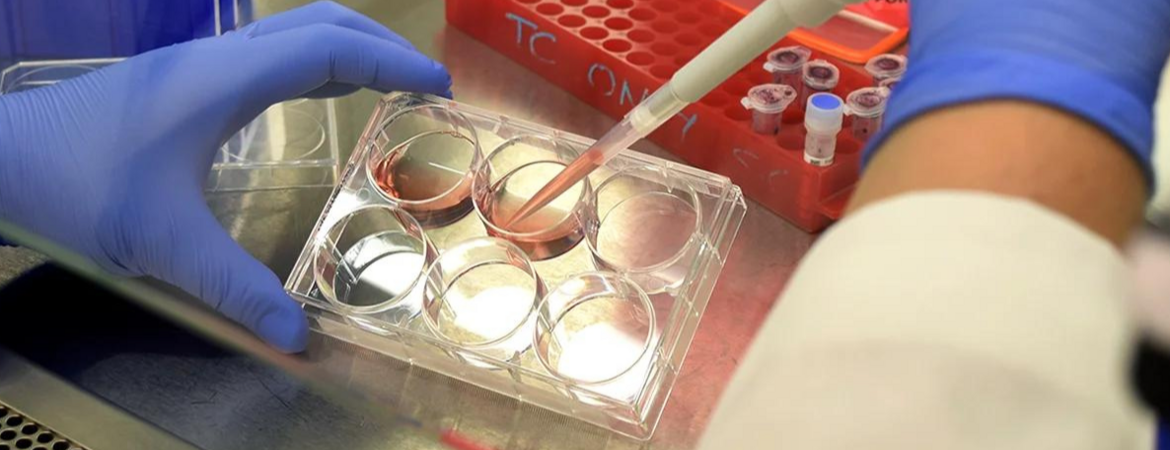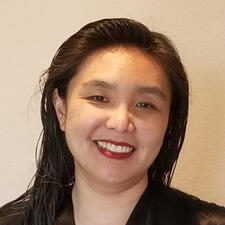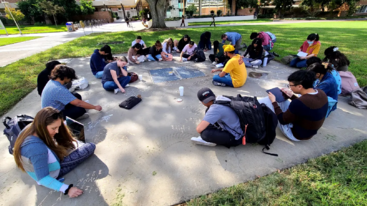
Stephanie Dingwall, UCR Associate Professor of Teaching, Biochemistry, took the lead in the opening panel of the recent Post-Congress Workshop: Practical Approaches to Undergraduate Education that addressed innovative course re-designs, as well as efficient ways to utilize resources like teaching assistants, undergraduate learning assistants and peer mentors across a broad array of course types.
A follow-up to the inaugural Academic Congress on Graduate Education held in 2023, the workshop explored best practices for enhancing the undergraduate experience at UCR. In-depth panel-sessions focused on innovative course design, practical approaches to change management, and advances in digital pedagogy.
The workshop took place on January 29, and was free and open to all UC academic administrators and faculty members. The workshop was hosted by Katherine S. Newman, Provost and Executive Vice President of Academic Affairs of the University of California, part of the UC Office of the President (UCOP).
In her remarks, Professor Dingwall talked about how she overcame the challenges that confronted students in her Introductory Biochemistry course, part of UCR’s life science graduation requirement and a class taken by many non-biochemistry majors.
“Students are expected to know structures of molecules, names, enzymes, and a whole bunch of information. So it turned into a memorization-type course, which defeated the purpose of learning the subjects,” she explained, adding that when the time came for students to plot biochemical reactions, many were a bit stymied.
“What I started to do instead was show the students how to study,” Professor Dingwall said, noting that perhaps the most effective technique that she’s developed is her use of templates, boxes that she draws into blank PowerPoint slides to illustrate the reactions.
“If students didn’t have the PowerPoint slides in front of them during the lecture, they could grab a blank piece of paper, draw in the boxes themselves and then go through it,” she said. The method proved to be an especially effective technique during the Covid-19 pandemic. “I’ve been doing this for about eight years now, and about 80-90% of student evaluations say: ‘Keep the templates!’ So something has stuck!” she exclaimed.
According to Professor Dingwall, it’s all about engaging students in active learning techniques. “The innovation is the way I’ve changed approaching the subject into making something that would otherwise be pure lecture into something very interactive,” she said.
In a closing statement to a question posed to panelists of what advice they would give to colleagues who might want to employ similar techniques, Professor Dingwall was succinct in her answer:
“Start small,” she advised. “Start with one technique, one lecture, and see how that works throughout the quarter. Start small and start easy. You don’t have to redesign an entire lecture. You can have a 10-minute activity in one class and that’s more than sufficient to see if it works for you.”
Fellow panelist Annie S. Ditta, UCR Assistant Professor of Teaching, Psychology, concurred.
“Besides starting small, I would add that whatever you try with your students in your classes, be transparent about it,” she said, “Always try to work with them to help them succeed and learn to the best of their ability.”

